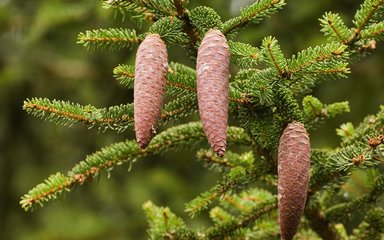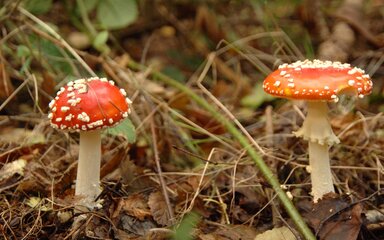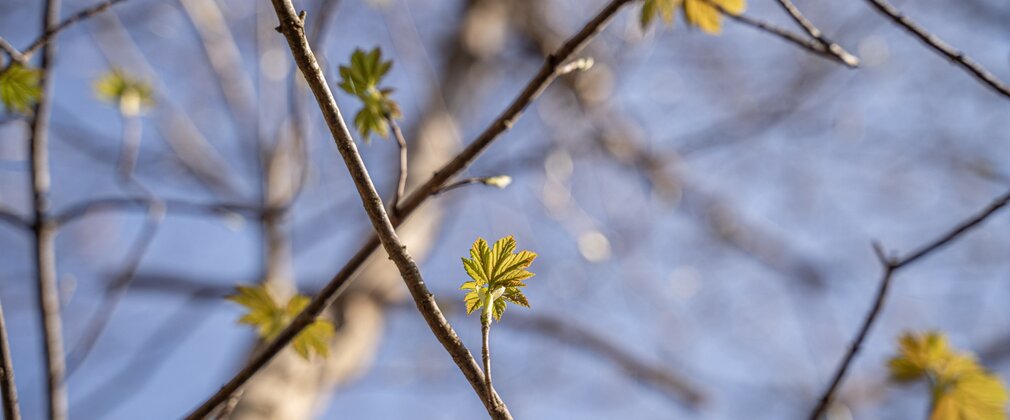
Trees bursting into leaf is one of the wonderful signs of spring we all enjoy, but how much do you know about the budburst? Read on to discover the science behind how trees wake up in the spring.

It started last summer
The new growth of leaves we see each year in spring is due to a complex programme of changes in a tree. You’d think all the action would be in spring, but if you look closely at twigs during autumn and winter, you’ll see they already have tiny leaf buds. These buds are formed at the end of summer while they have energy to grow, before the days get cooler and shorter. The buds then lie dormant over the winter, waiting for spring to arrive.
Trees have hormones too
As the seasons change, and the warmth of spring comes, the buds swell. Hormones within each bud, such as cytokinin and auxin, play critical roles in bud bursting by promoting growth and encouraging cells to divide. These tiny changes happening within the buds have a spectacular impact within our forests.
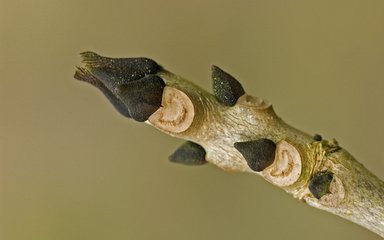

Bursting into leaf
New spring leaves burst into life to help the trees catch as much sunlight as they can during the long summer days. Trees are in a race against time to unfurl their leaves before summer arrives. The leaves use sunlight, water and carbon dioxide to turn into sugars, which feed the tree while it grows, and also creates the oxygen we breathe. This process is called photosynthesis.
Timing is everything
The first leaves will start to emerge from their buds between March and April each year. However, this can differ with weather and climate. Fluctuating temperatures can also damage buds and vulnerable young leaves. A warm winter can confuse the tree to come out of dormancy and buds may break through too early.
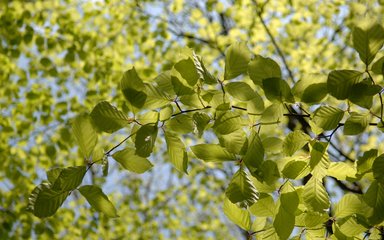
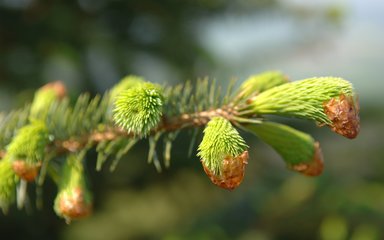
Conifers join in too
Not only broadleaved trees form buds, but most conifers do too! In fact, one of the first trees to turn green is the Dahurian larch, a deciduous conifer at Bedgebury Pinetum. This rarely-seen tree from north-east Eurasia comes into leaf in January in the milder English weather.


